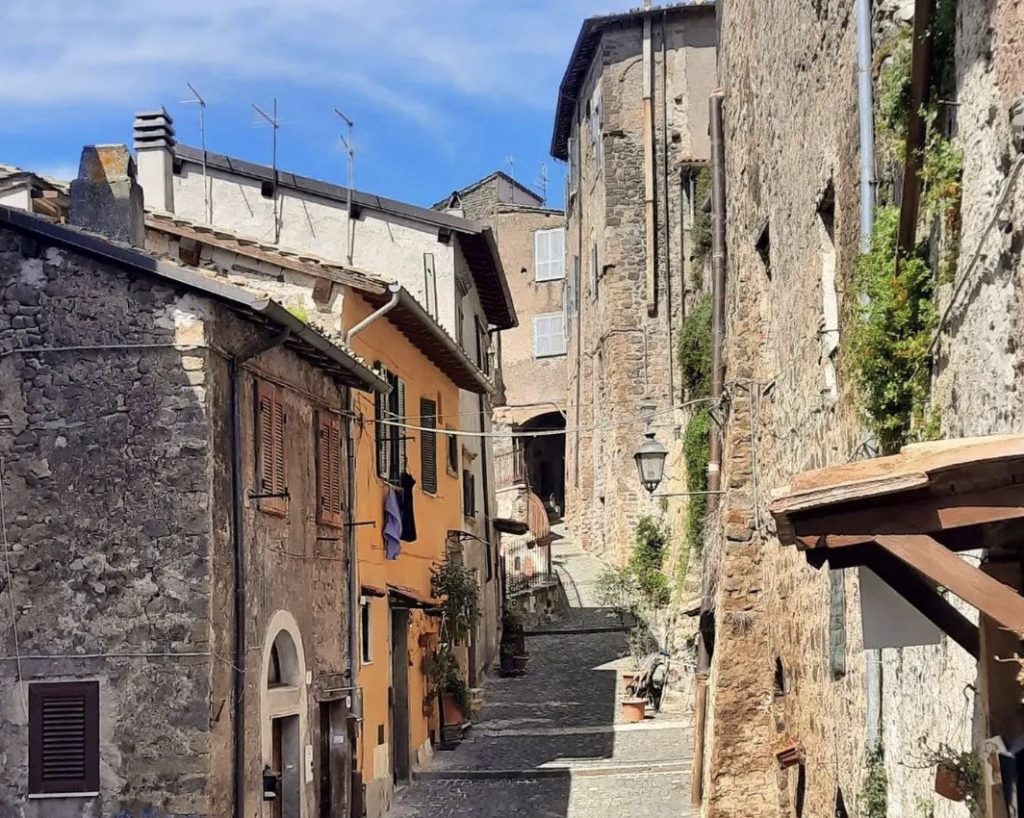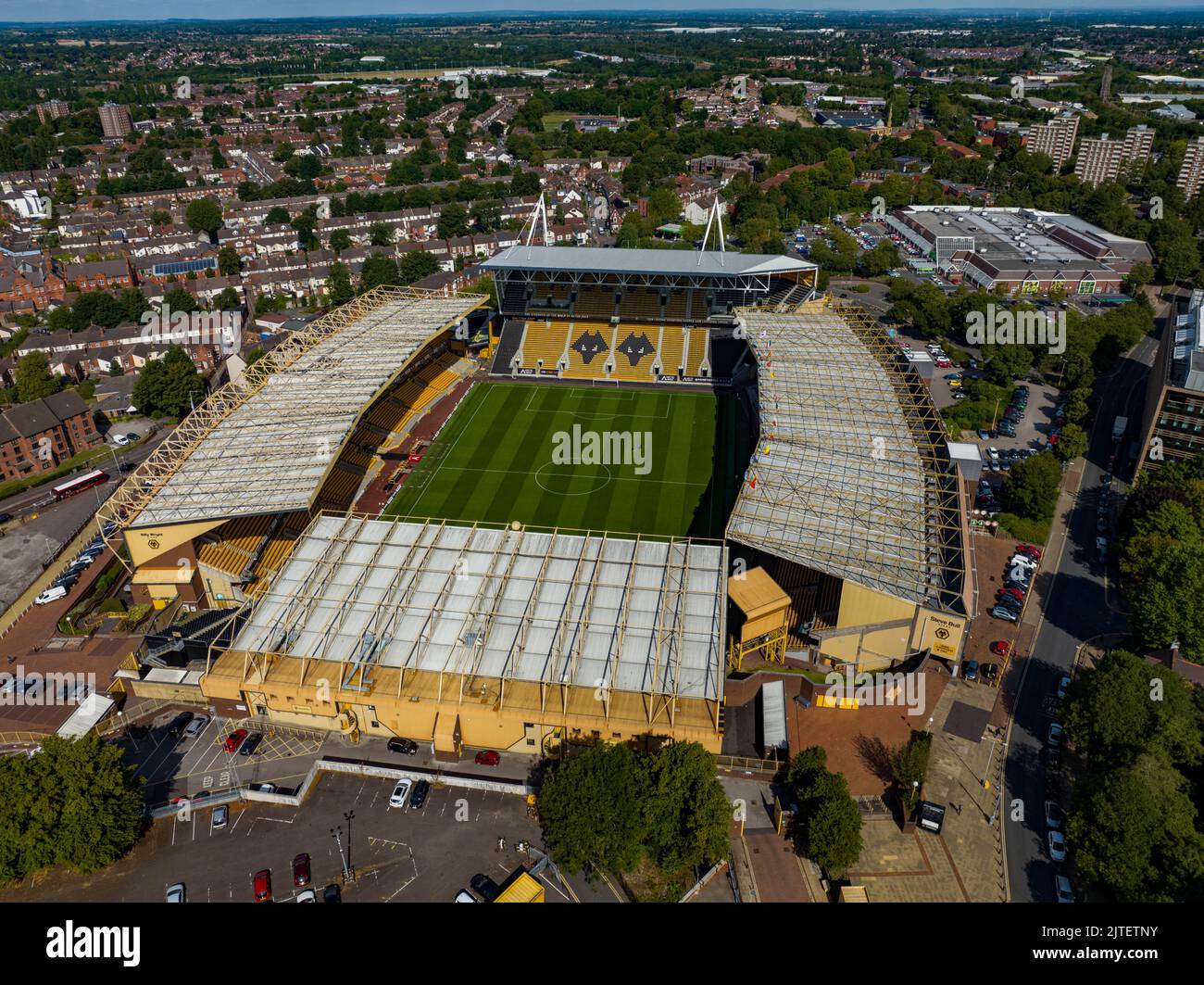
Introduction to Ronciglione
Ronciglione is a quaint town nestled in Italy’s Lazio region, approximately 70 kilometres north of Rome. With its rich tapestry of history, stunning architecture, and breathtaking landscapes, Ronciglione is a hidden gem that showcases the essence of Italian culture and heritage. The town has become increasingly relevant as more travellers seek authentic experiences away from the busy tourist hotspots. This article delves into the beauty and significance of Ronciglione, making a case for its place on every traveller’s itinerary.
A Brief History
Ronciglione’s history dates back to ancient times, evidenced by archaeological findings in the surrounding areas. The town became prominent during the Middle Ages, particularly as a strategic location along the road connecting Rome to the north. It featured defensive walls and castles to protect its inhabitants from invasions. One of the notable historical figures associated with Ronciglione is the Pope, for whom the region gave rise to numerous churches and religious buildings, enriching its historical landscape.
Attractions and Cultural Significance
Visitors flock to Ronciglione for its picturesque old town, characterised by narrow cobblestone streets and medieval architecture. The stunning Church of Santa Maria della Provvidenza, with its baroque façade and intricate frescoes, is a must-visit. Outdoor enthusiasts will appreciate the nearby Lake Vico, a serene volcanic lake ideal for hiking, picnicking, and enjoying the stunning natural vistas. Each year, Ronciglione hosts festivals that celebrate its cultural heritage, including the famous ‘Palio di Ronciglione’, a historical reenactment that draws crowds and revitalises the town’s past.
Recent Developments and Future Prospects
In recent years, Ronciglione has seen a surge of interest as a tourist destination. Local authorities have invested in preserving the town’s historical sites and enhancing infrastructure to accommodate visitors, including improved transport links and accommodations. Additionally, the rise of eco-tourism and cultural tourism has fostered a supportive community for local artisans and businesses, making Ronciglione not only a visit-worthy destination but also a vibrant and economically sustainable one.
Conclusion
As tourism continues to evolve, towns like Ronciglione offer a glimpse into Italy’s rich past while providing unique, immersive experiences for visitors seeking authenticity. With its stunning landscapes, rich cultural heritage, and well-preserved historical sites, Ronciglione presents an exciting opportunity for exploration and discovery. It’s poised to become a significant destination for those looking to step off the beaten path and immerse themselves in the charm of Italy’s lesser-known locales.
You may also like

Exploring Monmouth: History, Attractions and Community

Exploring Wolverhampton: A Gateway to Culture and History
